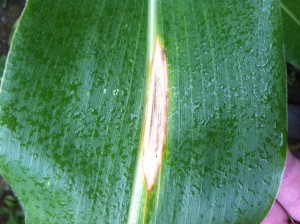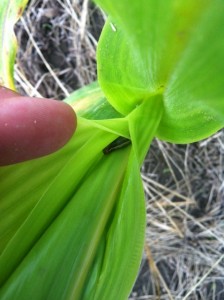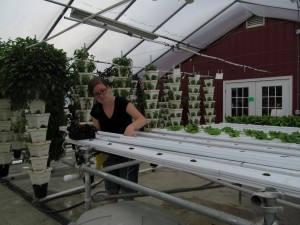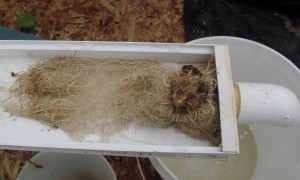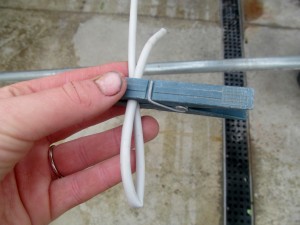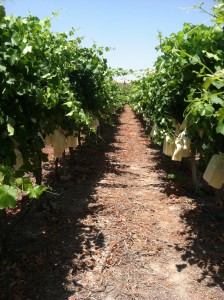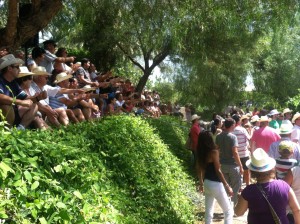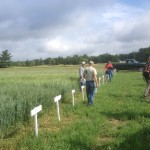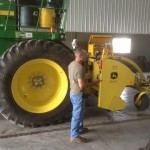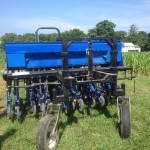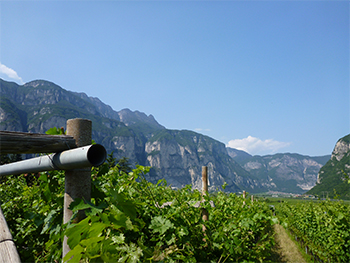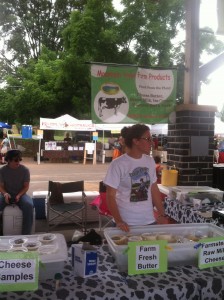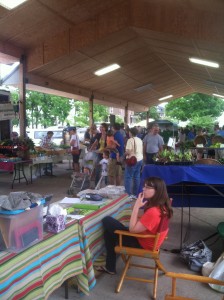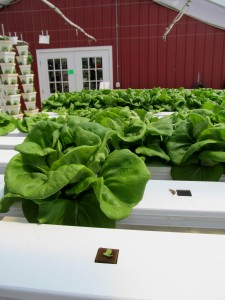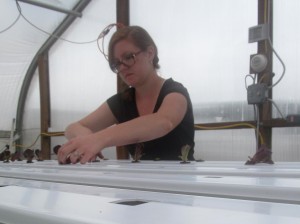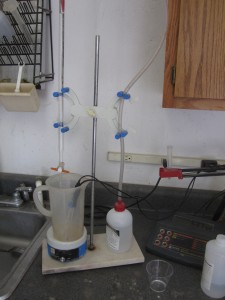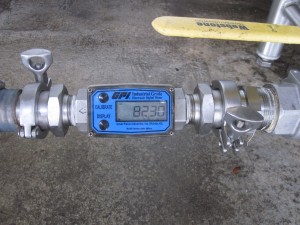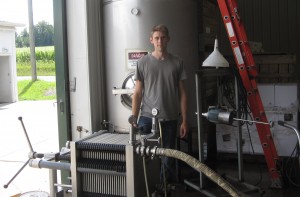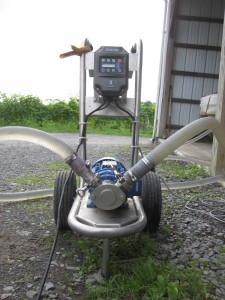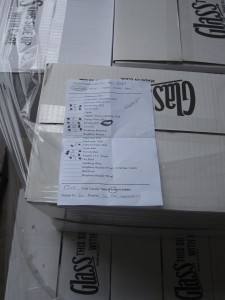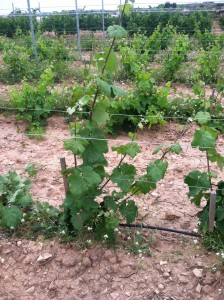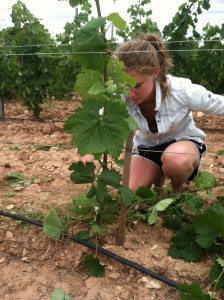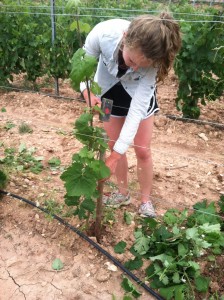For the last couple weeks I have been doing a lot of scouting in Western NY. Mainly I have been looking at corn but I have also seen alfalfa and soybeans. When scouting, we are usually looking for the presence of diseases, insect damage, and anything else that could be causing stress to the crop including nutrient deficiencies, weeds, or injury from earlier sprays.
Since I have been spending a lot of time scouting corn I have been able to scout for weed pressure, present diseases, and insect damage. Weed pressure was the first thing we began scouting for once the corn had emerged because it is very important to take out the weeds before they can compete with the crop for things such as water, nutrients, light, and space. The procedure for scouting weed pressure in corn is fairly straight forward with weather permitting we are usually able to ride the ATV’s at least around the perimeter to get an understanding of the field and see if there are any problem areas. While riding the perimeter I will step off the ATV in a couple areas to walk into the field and see what other weeds are present away from the edge and towards the center. At first I found it a little difficult to determine what was moderate or heavy pressure for the weeds present in the field but once I got my first couple fields under my belt I was able to get the hang of it. Some of the weeds that I found consistently in the corn fields included, chickweed, ragweed, lambs quarters, crabgrass, milkweed, and wild mustard. Once I am done scouting for the day I send my reports to the service manager that is working with said farm and they will make recommendations from the data I collected.
Scouting for diseases and insects in corn was also another main priority in the recent couple weeks. Some of the diseases that are important to scout for include Northern Corn Leaf Blight, Grey Leaf Spot, Anthracnose, and Eyespot. In the fields that I have scouted there hasn’t been much
disease pressure. I have found these diseases out in the field; however they were only in trace amounts nothing that was of concern and needed action to be taken. While walking through the corn searching for disease pressure I also try to keep an eye out for any insect damage. So far I have been able to see some damage from armyworm and also found a few larvae, but nowhere near the kind of pressure we were seeing last season.

